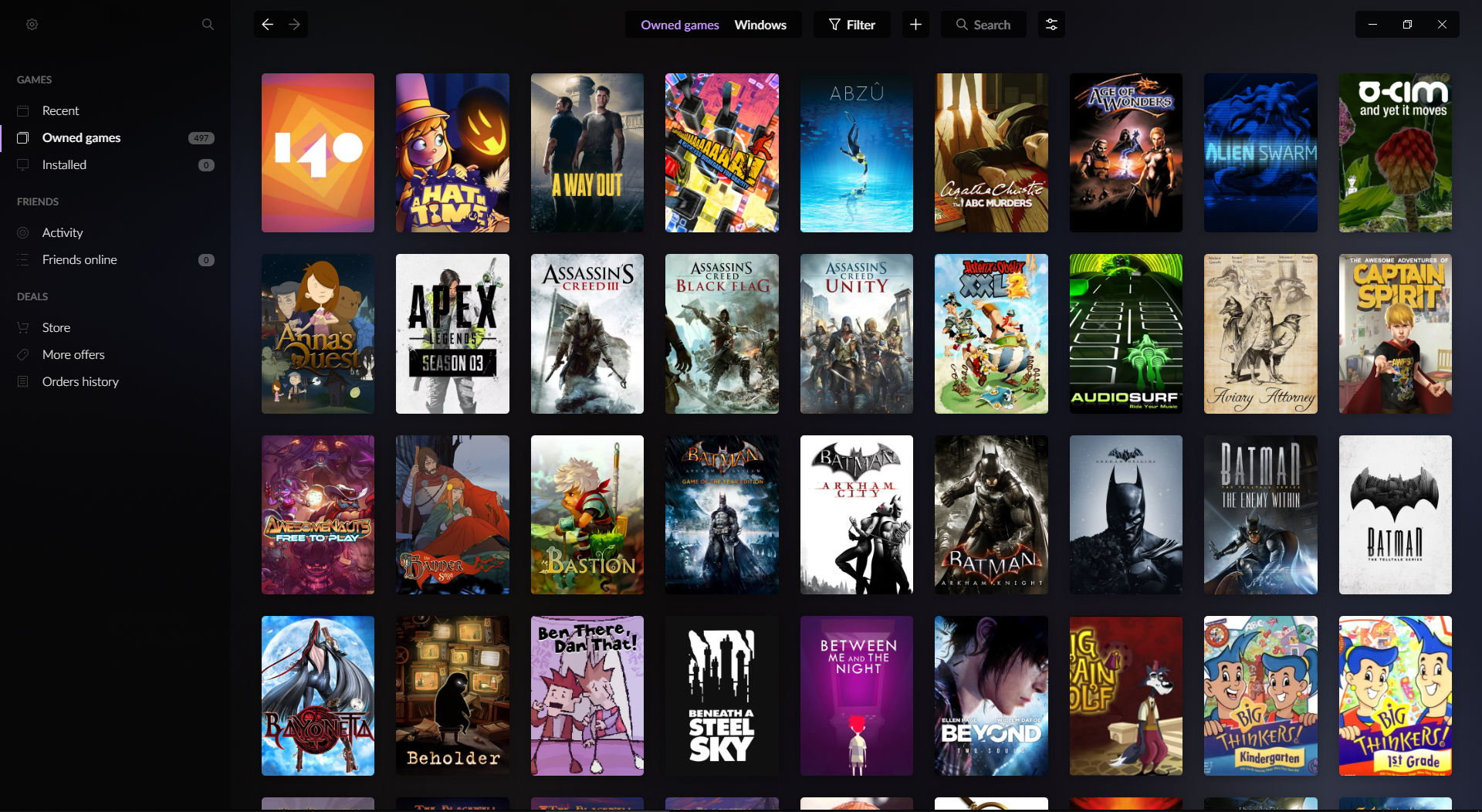
 Saving and loading of public information and multiplayer matches using Amazon DynamoDB. Creation of new multiplayer matches using AWS Lambda and Amazon DynamoDB. Cross-device syncing of a user’s data using Amazon Cognito Sync. Identity management using Amazon Cognito Identity. What We Will Addįor this example, we will add the following features to the chess game: In this tutorial, we will consider a chess game I have created with Unity, and show how I have integrated the AWS Mobile SDK for Unity to give it awesome features. The AWS Mobile SDK for Unity allows developers to easily connect their Unity game to Amazon Web Services. A great idea developed by a small team can quickly turn into a herculean effort that splits your team’s focus into developing and managing your game and the infrastructure that supports it.Īccessing the power, flexibility, and ease of use of AWS is the perfect solution to this problem. However, when developers decide they want custom back-end services in their game, it is easy to lose creative momentum when tasked with designing, developing, and hosting a back end capable of managing player identity, cross-platform saves, achievements, leaderboards, and push notifications.
Saving and loading of public information and multiplayer matches using Amazon DynamoDB. Creation of new multiplayer matches using AWS Lambda and Amazon DynamoDB. Cross-device syncing of a user’s data using Amazon Cognito Sync. Identity management using Amazon Cognito Identity. What We Will Addįor this example, we will add the following features to the chess game: In this tutorial, we will consider a chess game I have created with Unity, and show how I have integrated the AWS Mobile SDK for Unity to give it awesome features. The AWS Mobile SDK for Unity allows developers to easily connect their Unity game to Amazon Web Services. A great idea developed by a small team can quickly turn into a herculean effort that splits your team’s focus into developing and managing your game and the infrastructure that supports it.Īccessing the power, flexibility, and ease of use of AWS is the perfect solution to this problem. However, when developers decide they want custom back-end services in their game, it is easy to lose creative momentum when tasked with designing, developing, and hosting a back end capable of managing player identity, cross-platform saves, achievements, leaderboards, and push notifications. 
With its powerful tools for graphics, physics, multiplatform support, and more, Unity does a lot of the heavy lifting and allows developers to bring their ideas to life.

The convenience and power of phones and tablets have improved at breakneck speed, and advances in cellular networking have dramatically increased the networking capabilities of these ubiquitous devices. There are many reasons for the unprecedented success of mobile games and apps.







 0 kommentar(er)
0 kommentar(er)
